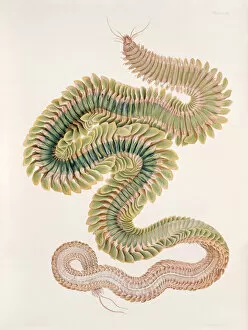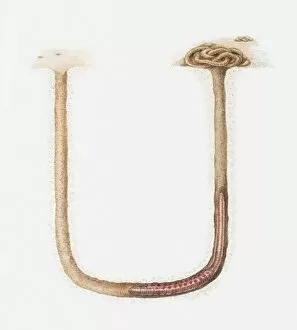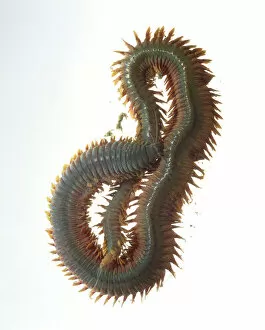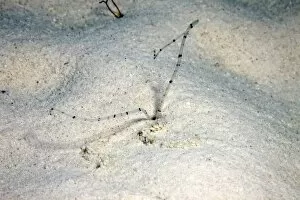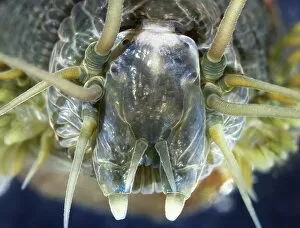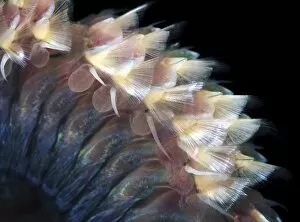Sandworm Collection
"Unveiling the Mysterious World of Sandworms: From Ancient Fossils to Vibrant Coastal Creatures" Delving into the depths of sandy shores
For sale as Licensed Images
Choose your image, Select your licence and Download the media
"Unveiling the Mysterious World of Sandworms: From Ancient Fossils to Vibrant Coastal Creatures" Delving into the depths of sandy shores, we encounter the enigmatic sandworms - Lugworm or sandworm (Arenicola marina). These fascinating creatures have captivated scientists and nature enthusiasts alike with their intriguing behaviors and unique adaptations. As we explore further, we stumble upon Clymene amphistoma, a fossilized relic of an extinct sea urchin. Remnants like these remind us of the ancient origins that lie beneath our feet. Amongst this hidden realm emerges the sand tube-building annelid fanworm, Pectinaria belgica. With intricate structures resembling delicate fans, they create homes within the shifting sands. Intriguing illustrations from 1910 depict Nereis virens, showcasing its elegant form as it gracefully navigates through underwater tunnels. This visual representation transports us back in time to witness these remarkable creatures in their natural habitat. Arthropods from c. 1860 come alive through vivid color lithographs. Their vibrant hues and intricate details offer a glimpse into the diverse world of marine life that coexists with sandworms beneath coastal waters. An illustration captures Arenicola marina tunneling underneath a beach—a testament to their industrious nature and ability to shape their environment subtly yet significantly. Artwork C016 / 7191 immerses us in coastal wildlife scenes where sandworms thrive alongside other mesmerizing organisms. It reminds us of how interconnected ecosystems are along our coastlines. Under cover of darkness, a captivating sight unfolds—the nocturnal feeding habits of sandworms on Bonaire Island in Caribbean Netherlands. Witnessing this spectacle reveals another layer to their existence—an essential role played under moonlit skies. Curled up like royalty lies King Ragworm (Nereis virens), displaying its regal beauty.




